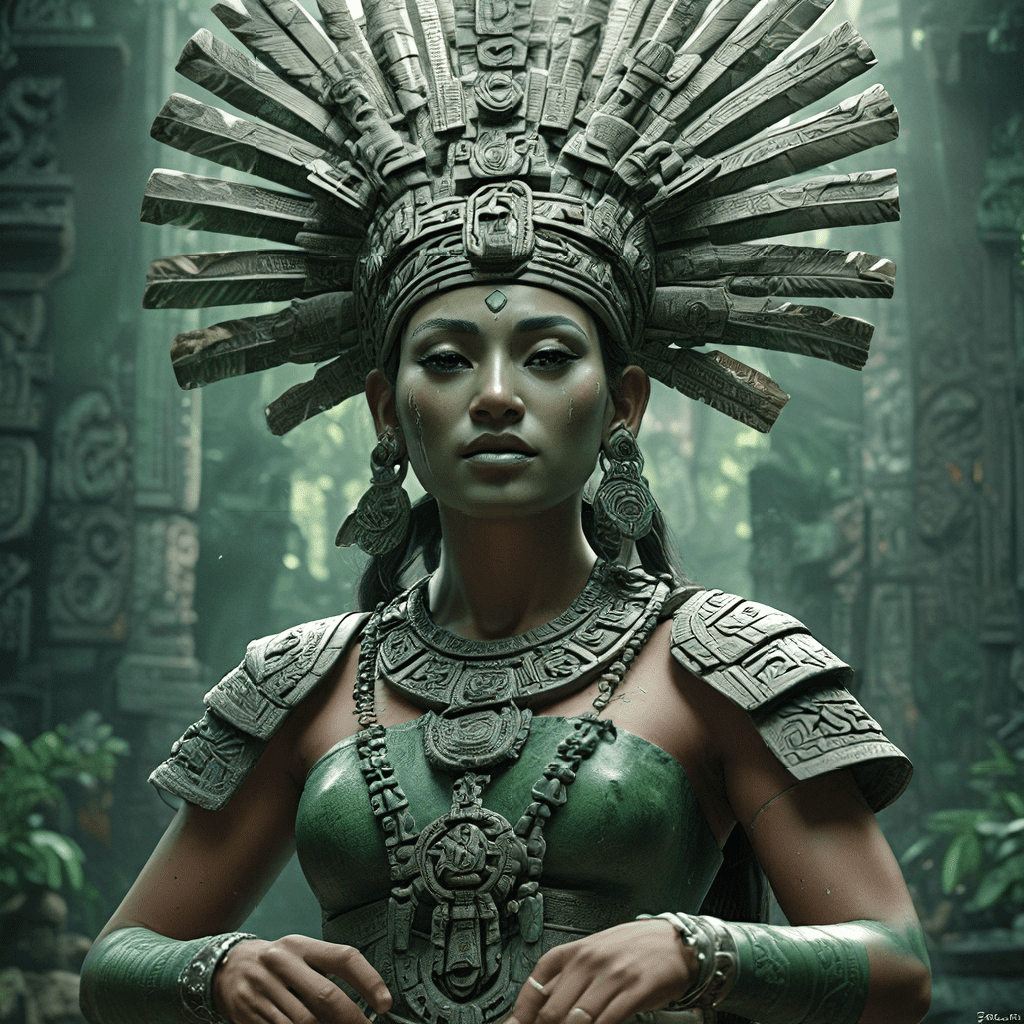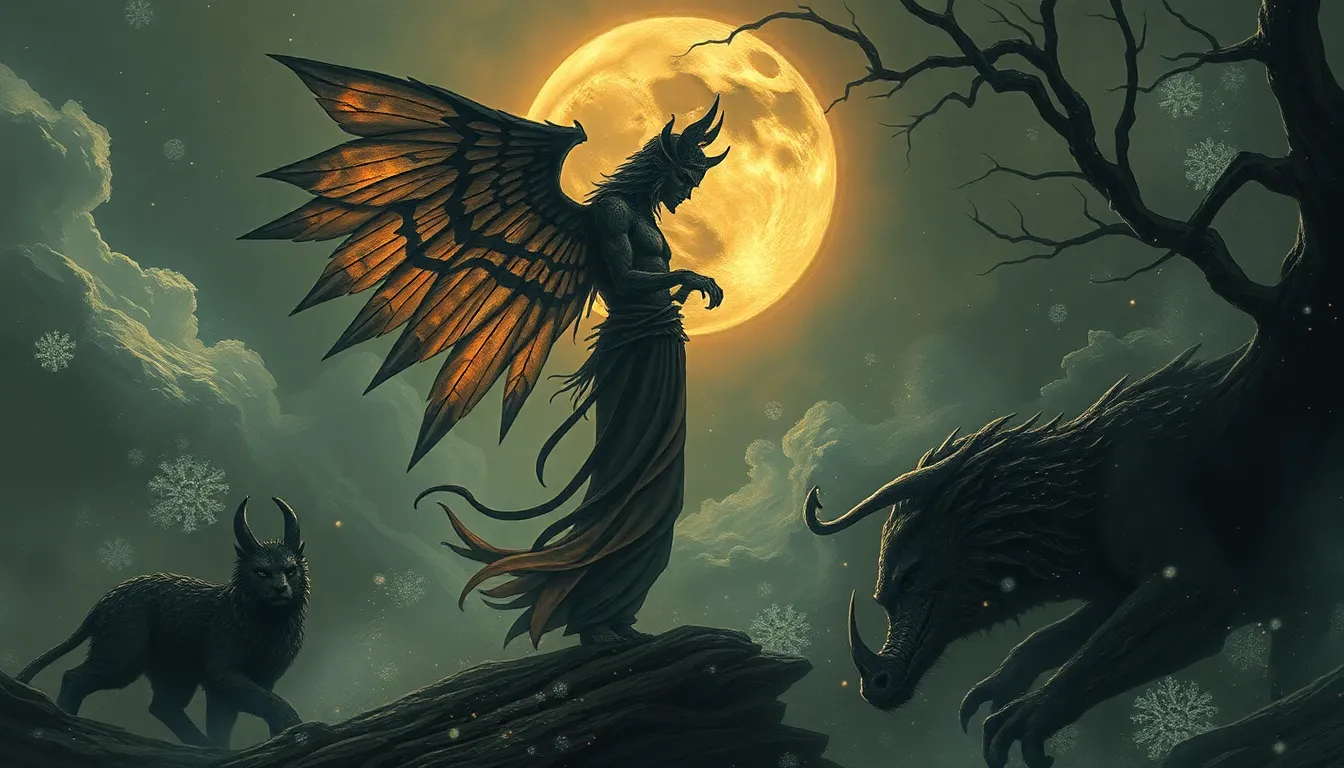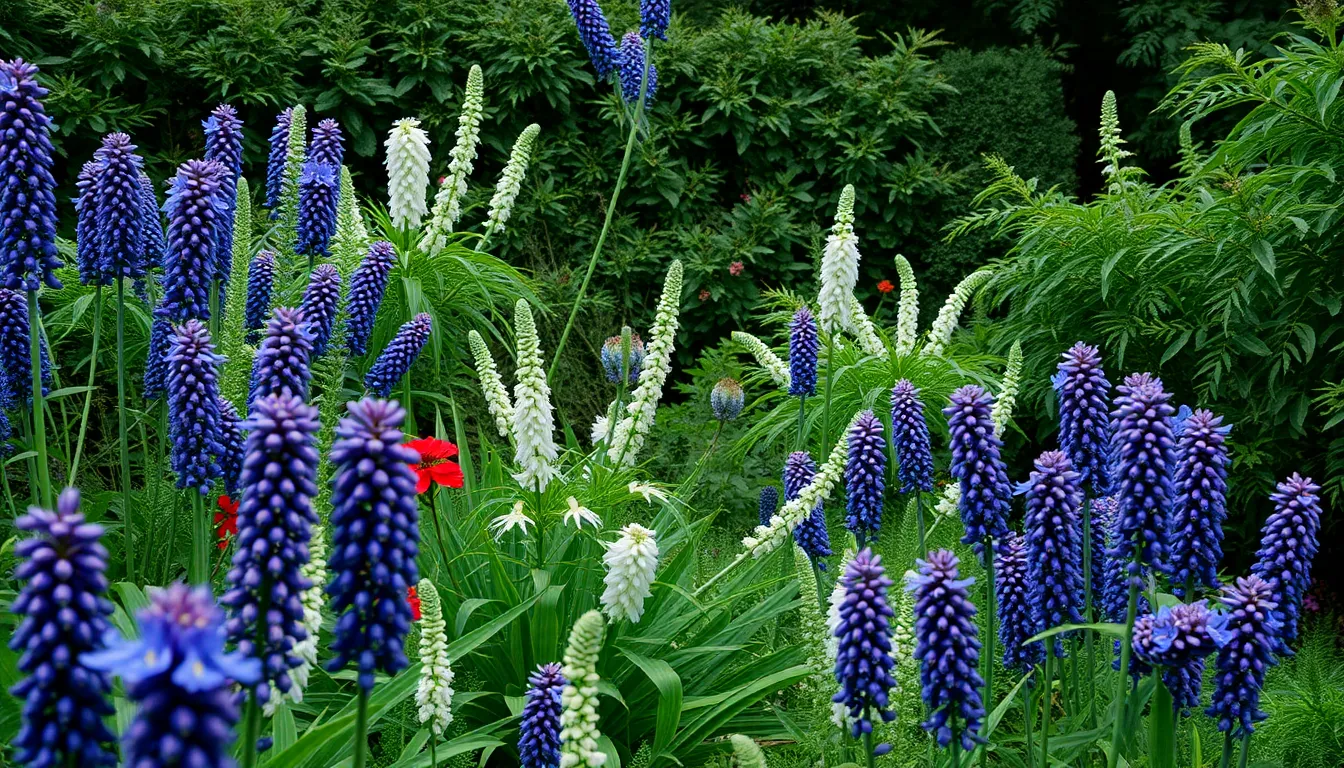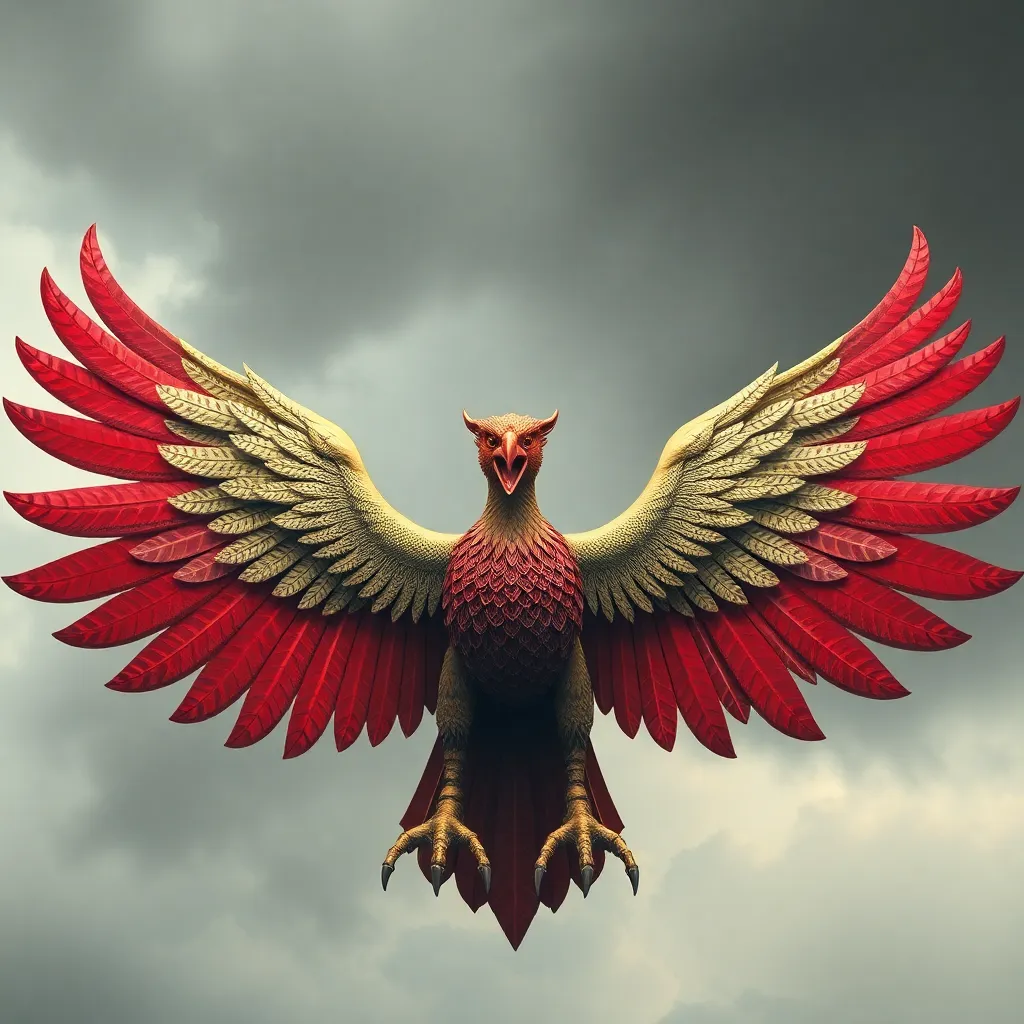The Importance of Jade in Aztec Culture
Jade, a precious stone prized for its vibrant green color and durability, held a profound significance in Aztec culture. It transcended its material value to become a symbol deeply woven into their mythology, beliefs, and daily life. To the Aztecs, jade wasn't just a beautiful rock, but a connection to the divine, a representation of the heart, and a symbol of power and status.
The Divine Connection: Jade and the Gods
The Aztecs believed jade was a gift from the gods, particularly from the god of the underworld, Mictlantecuhtli. This connection to the underworld underscored the significance of jade in funerary rituals. Aztec priests, warriors, and rulers were often buried with jade ornaments, tools, and masks, as these objects were thought to aid their journey to the afterlife.
The color green, often associated with life, fertility, and the earth, also linked jade to the god of vegetation, Xochipilli. This connection reinforced jade's role in ceremonies celebrating agricultural abundance and the life-giving forces of nature.
Jade as a Symbol of the Heart
In Aztec culture, the heart was considered the seat of the soul, the center of emotions and thoughts. Jade, with its smooth and enduring nature, was seen as a perfect representation of the human heart.
Jade ornaments, particularly hearts carved from the stone, were often worn as amulets to protect the wearer's heart and ward off evil spirits. These amulets signified strength, courage, and a connection to the divine.
Jade and the Earthly Realm
Jade wasn't just confined to the spiritual realm; it was also deeply integrated into the everyday life of the Aztecs. The stone was used to create a variety of objects, including tools, jewelry, and even weapons.
Jade tools, such as axes and knives, were highly valued for their sharpness and durability. Jade ornaments, such as earrings, necklaces, and bracelets, were worn by both men and women as status symbols and expressions of personal style.
Jade as a Symbol of Power and Status
The use of jade in Aztec society was closely tied to social hierarchy. Jade ornaments were reserved for the elite, signifying their wealth, power, and connection to the divine. The more ornate and complex the jade object, the greater the social status of its owner.
Jade was also used in the construction of ceremonial objects, like the famous Aztec Calendar Stone. These objects further solidified jade's role as a marker of power and influence within Aztec society.
The Jade Serpent: A Mythical Being
In Aztec mythology, the Jade Serpent, known as "Chicomecoatl," played a significant role in creation myths. The serpent, often depicted as a green serpent with jade scales, represented the forces of life, growth, and regeneration. It was believed to have emerged from the primordial waters to create the earth and bring forth life.
The Jade Serpent's connection to the underworld was also significant. In some myths, it was said to guard the entrance to Mictlan, the realm of the dead. This role further emphasized the association of jade with death and the afterlife.
The Jade Serpent, being a symbol of both creation and the underworld, highlighted the cyclical nature of life and death as understood by the Aztecs.
Jade and Ritual Practices
Jade played a vital role in various Aztec rituals. Offerings of jade objects, like small sculptures and beads, were made to the gods to appease them and gain their favor.
During ceremonies, priests and shamans would wear jade ornaments and masks to enhance their connection to the divine. These objects were believed to amplify their power and allow them to communicate with the gods more effectively. Jade was also used in sacrificial rituals, with offerings of jade hearts symbolizing the sacrifice of life itself.
Theories on the Significance of Jade in Aztec Mythology
Scholars offer various theories to explain the profound significance of jade in Aztec mythology. Some scholars believe that the Aztecs were drawn to jade because of its beautiful green color, which reminded them of the vibrant vegetation and lush jungles that surrounded them.
Others suggest that the Aztecs attributed special powers to jade due to its durability and resilience. The stone's resistance to decay and weathering may have symbolized the strength and permanence of the soul.
Another theory focuses on the connection between jade and the underworld. Jade's association with death and the afterlife may have stemmed from the belief that the stone possessed magical properties that could aid in the journey to the afterlife.
The Role of Jade in Aztec Art and Architecture
Jade's presence is evident in Aztec art and architecture. Jade was used to create intricate carvings, mosaics, and sculptures that adorned temples, palaces, and other important structures. Many jade objects were designed to represent the gods, animals, or other significant symbols from Aztec mythology.
The intricate carvings on jade objects demonstrate the high level of skill and artistic mastery possessed by Aztec artisans. These objects not only served as decorative elements but also conveyed important religious and cultural meanings.
Jade as a Bridge Between Worlds
To the Aztecs, jade served as a powerful symbol connecting the earthly realm with the divine and the underworld. Its use in rituals, ceremonies, and everyday life demonstrated its significant role in their society.
Jade was seen as a powerful intermediary that could facilitate communication between humans and the gods, as well as the living and the dead. This bridge-like function made jade a cornerstone in Aztec mythology and a vital aspect of their cultural identity.
FAQ
1. Why was jade so important to the Aztecs?
Jade was extremely important to the Aztecs because they believed it held a connection to the divine, represented the heart, and symbolized power and status.
2. What is the Jade Serpent and its significance in Aztec mythology?
The Jade Serpent, also known as "Chicomecoatl," is a mythical being often portrayed as a green serpent with jade scales. It represents the forces of life, growth, and regeneration and is associated with both creation and the underworld.
3. How was jade used in Aztec rituals?
Jade played a crucial role in Aztec rituals. It was used to create offerings to the gods, adorn priests and shamans, and symbolize sacrifice in rituals.
4. Did the Aztecs use jade for everyday objects?
Yes, jade was used to create a variety of everyday objects, including jewelry, tools, weapons, and even some elements of architecture.
5. What are some theories about the significance of jade in Aztec mythology?
Scholars suggest that the Aztecs were drawn to jade for its beautiful green color, its durability, and its connection to the underworld.
6. Does jade continue to hold cultural significance today?
While the specific interpretations of jade may have evolved over time, it still holds significance in contemporary cultures, often associated with good luck, prosperity, and a connection to nature.




